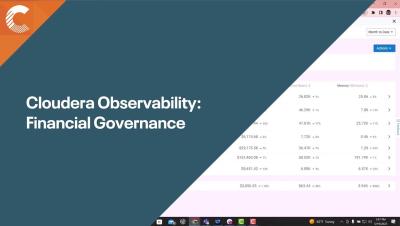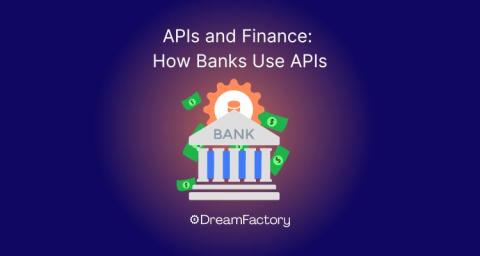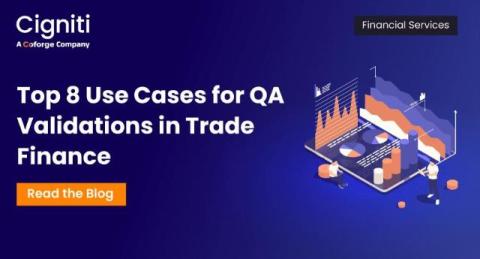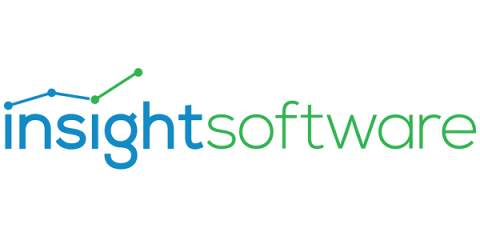BCU Financial: Empowering Ukrainian-Canadian Communities with Financial Services
BCU Financial has provided BCU Financial services to the Ukrainian diaspora in Canada for many years. Due to the war in Ukraine and the arrival of many refugees in Canada, the Ukrainian credit union has increased its assistance for fellow Ukrainians who have found asylum.










